
 Video
Video

 Gallery
Gallery
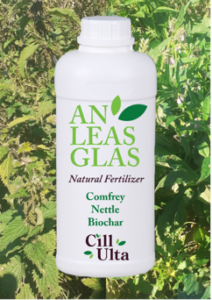
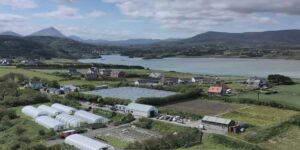
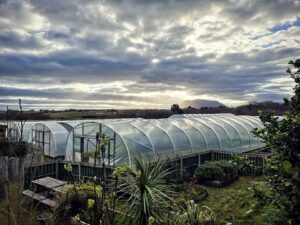
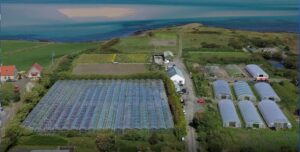
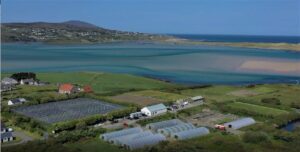

 Fact Sheet
Fact Sheet
Challenge
Cill Ulta An Leas Glas – Natural Fertilizer was developed through the endeavours of our European Innovation Project, to grow potential market crops in an upland area in a sustainable method. The addition of biochar to the prototype Comfrey and Nettle natural fertilizer for a slow release realised the full potential of this product.
Target group, beneficiaries or clients
- Farming communities, Horticulture / Food Producers, Landscapers ( Parks, Sporting Fields / Arenas)
- Education and Training in Sustainable Farm Management.
- State stakeholders (to enrich their public places)
- NGOs
Solution
Cill Ulta An Leas Glas – Natural Fertilizer is a biologically natural fertilizer using the mineral compounds of Comfrey and Nettle combined with biochar for a slow release.
- Cill Ulta An Leas Glas – Natural Fertilizer is a circular economy product which provides an ecologically friendly alternative to food producers and farmers to support biodiversity and soil health.
- The production of Cill Ulta An Leas Glas – Natural Fertilizers will also support conservation of endangered species through the growing of Comfrey and Nettle as wild bird cover before harvesting.
Innovation
- Supporting organic matter in soils
- Supporting biodiversity
- Protecting ground water quality
- Promoting sustainable farm management
- Encouraging sustainability in the farm to fork process whilst including the awareness of conservation in the community consciousness.
- Wide use from agriculture, horticulture and community spaces.
Unique Selling Point
CIll Ulta An Leas Glas – Natural Fertilizer combines sustainability, food security and conservation.
Impact
- It supports citizens to become sustainable through their basic need for food.
- Provides an alternative to the farming community at a time of potential crisis.
- Demonstrates the effectiveness of biochar made from waste biomass when combined with biologically rich plant minerals.
Feasibility/Transferability
- It has a very high transferability since it can be used in horticulture, agriculture and landscaping, in public and in private/industry/commercial locations.
- It can also be combined with joint learning and developing activities
- It is relatively easy to be produced – low input planting that will also support biodiversity and the conservation of endangered species whilst encouraging consciousness for sustainability)


